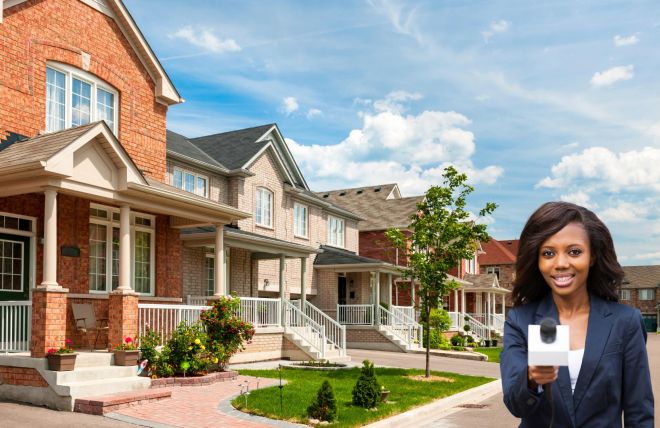We live in a world where we can work, shop, and socialize without ever stepping outside. Convenience has become the norm, and connection has become optional.
But while the internet connects us globally, it often isolates us locally. Neighbors who once waved across the street now scroll past one another in silence. The neighborhood, once a source of safety, friendship, and shared responsibility, risks fading into background noise behind our screens.
What’s lost isn’t just small talk. It’s belonging. It’s knowing someone will grab your package while you’re out of town, or lend you a ladder without hesitation. These simple exchanges create a web of trust that no app can replicate.
The Neighborhood Is Our First Community
Before we joined online networks, we belonged to physical ones — our streets, schools, and shared spaces. The neighborhood is where we first learn how to coexist, resolve conflict, and look out for one another.
When neighborhoods weaken, civic life follows. Studies show that people who know at least six of their neighbors are significantly more likely to feel safe, volunteer locally, and stay informed about community issues.
In short, the more we know each other, the better our communities function.
Technology Doesn’t Have to Replace Community — It Can Strengthen It
Technology isn’t the enemy of neighborhood life; it’s the missing link in making it stronger. Platforms like Neighborhood.Online make it easy for homeowners associations (HOAs) to communicate transparently, plan events, and manage responsibilities without drowning in paperwork.
When done right, technology can:
- Simplify HOA meetings and voting
- Build trust through open meeting minutes and documentation
- Create community calendars and event spaces that actually bring people together
- Offer a secure hub for payments, discussions, and board updates
Instead of replacing connection, tech should make it frictionless.
From Management to Belonging
The best neighborhoods don’t just manage homes they nurture belonging. That means creating systems where neighbors feel heard, included, and informed.
A modern HOA isn’t just about enforcing rules; it’s about fostering relationships. By using collaborative tools, boards can move from basic administration to true community building. This approach turns the HOA from a source of frustration into a shared asset that increases both property values and quality of life.
If you’re ready to rethink how your neighborhood connects, explore how HOA Management Services can evolve into digital community building.
The Future of the Neighborhood Is Hybrid
The future isn’t fully online or offline — it’s both.
A thriving neighborhood in 2025 will use digital tools to coordinate while keeping human connection at its heart. It’s a blend of smart systems and simple kindness — an ecosystem where technology helps us remember what community feels like.
Neighborhoods still matter because they remind us that behind every device is a door — and behind that door, a person who might just need a helping hand.
Related Reading:
Practical & Results-Driven
See how streamlined communication can cut your board’s workload in half. Book a demo and discover the tools modern HOAs are using to get more done without burning out.






